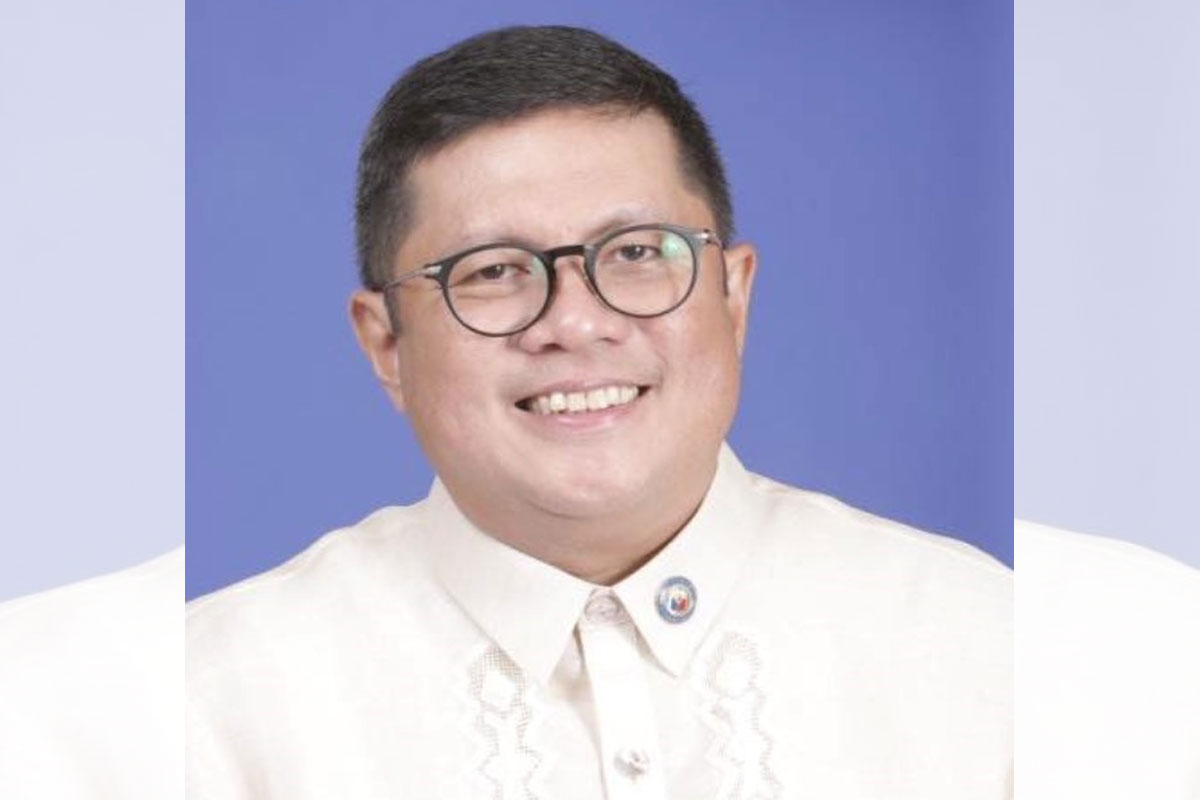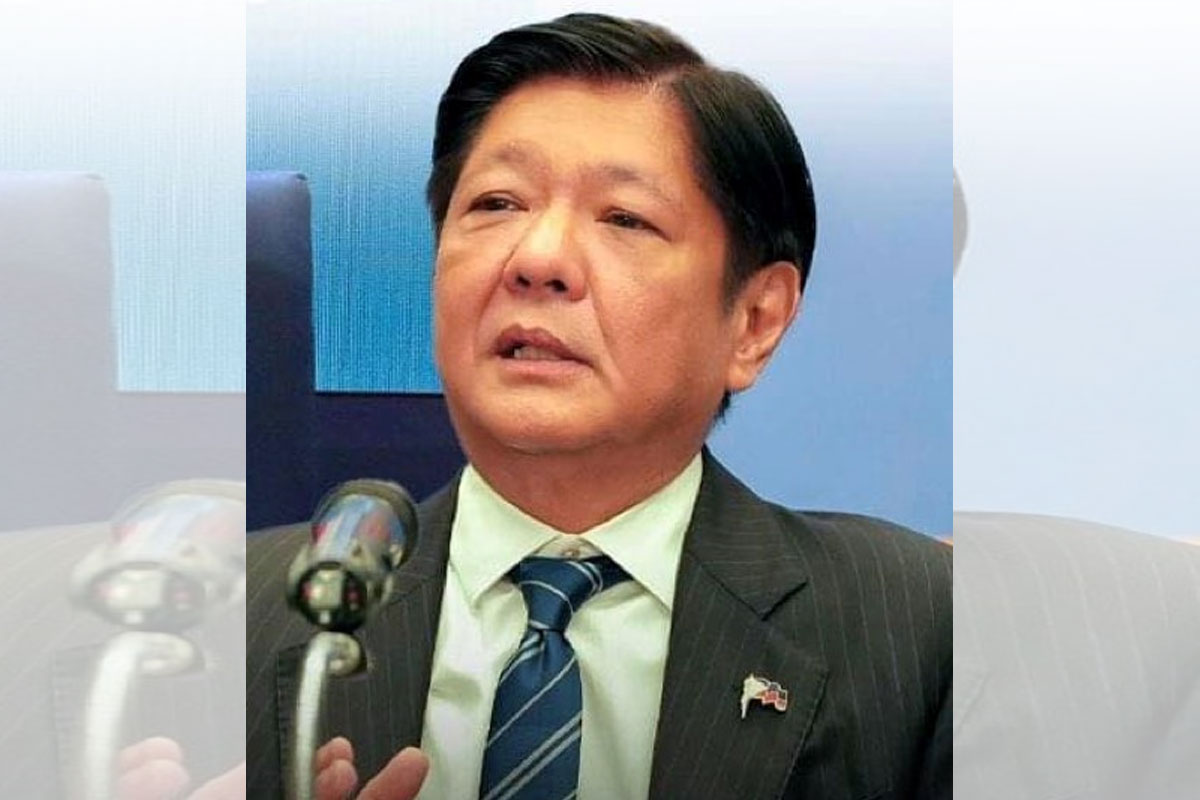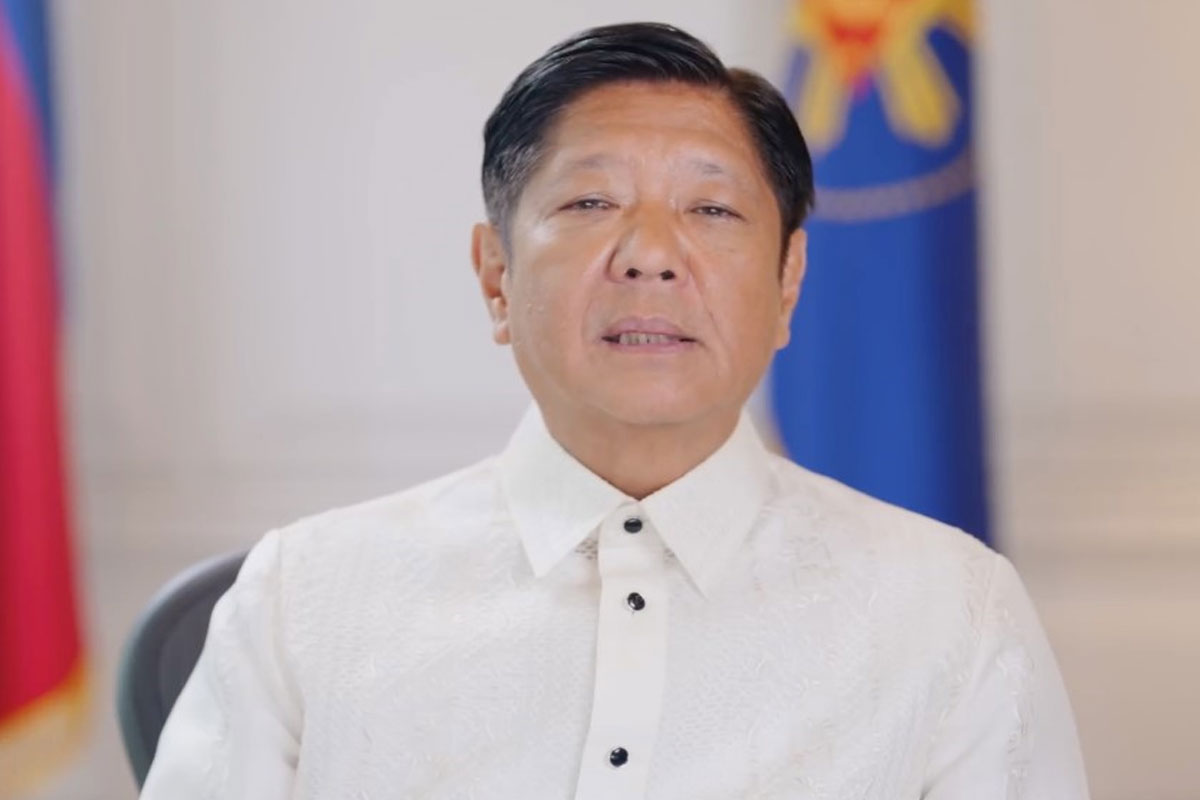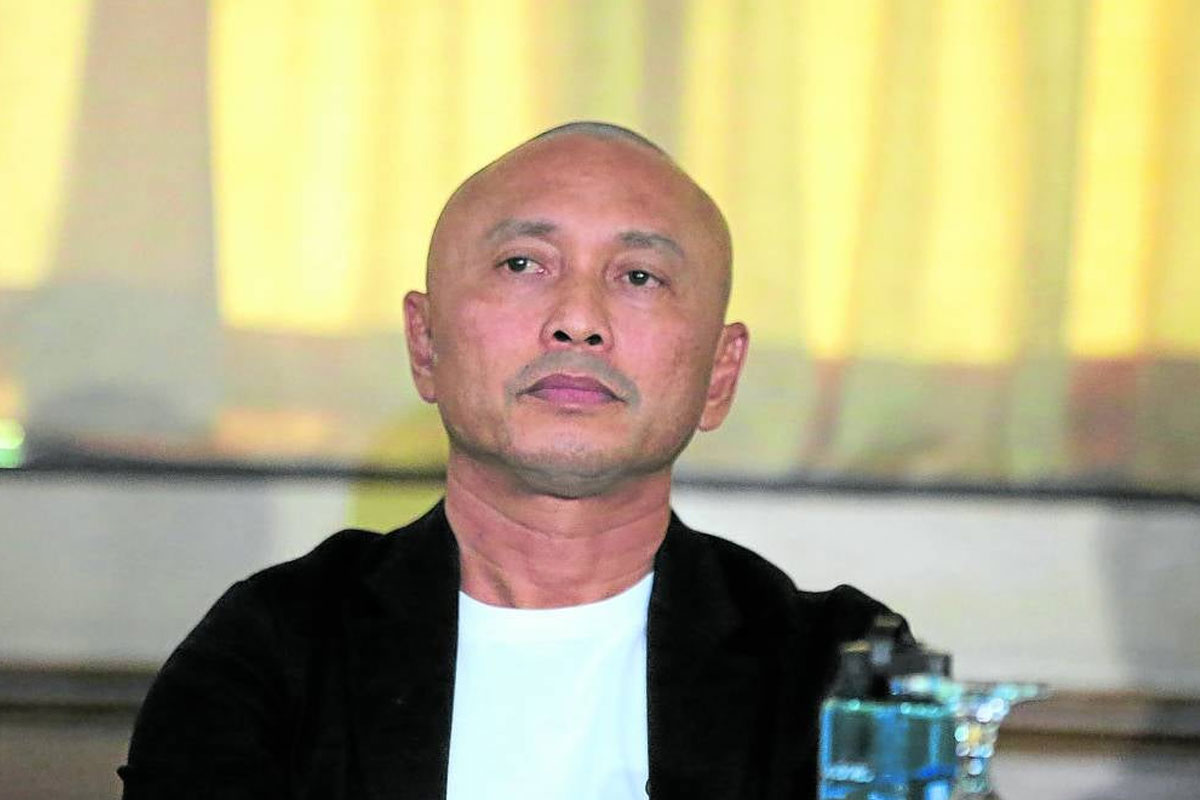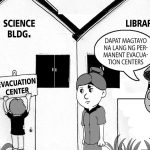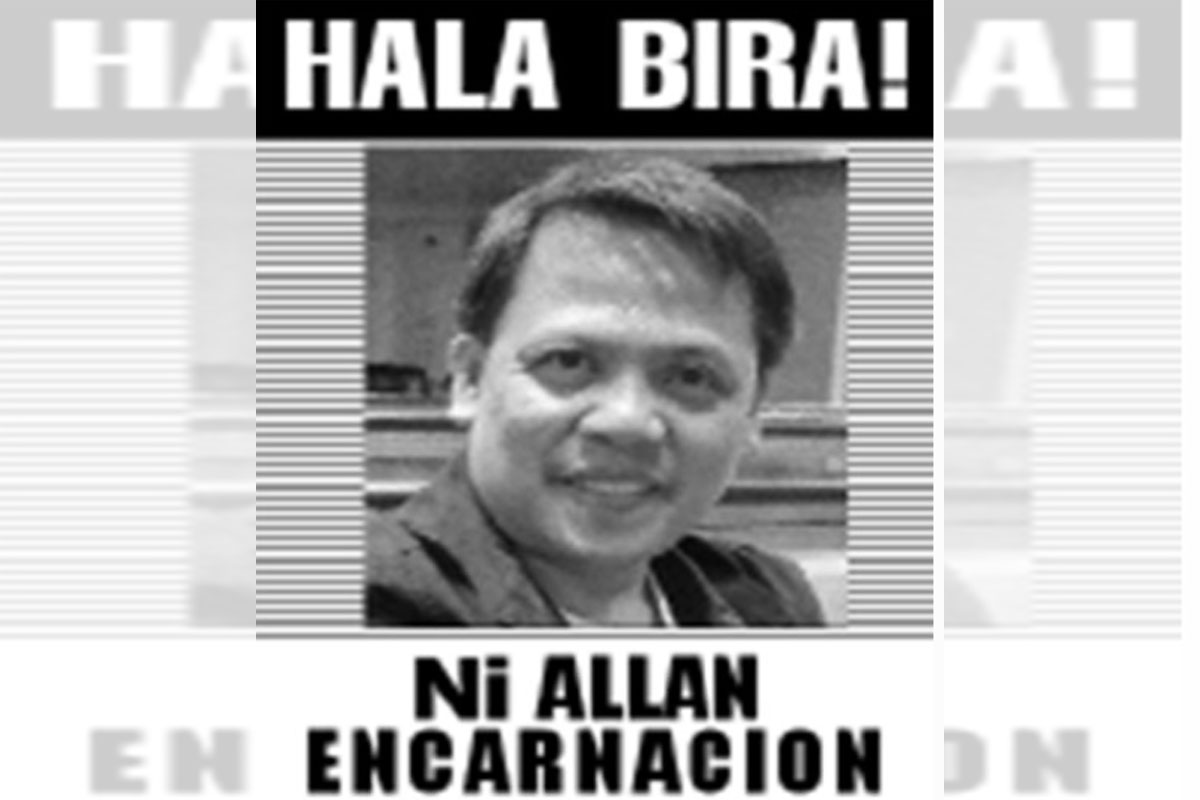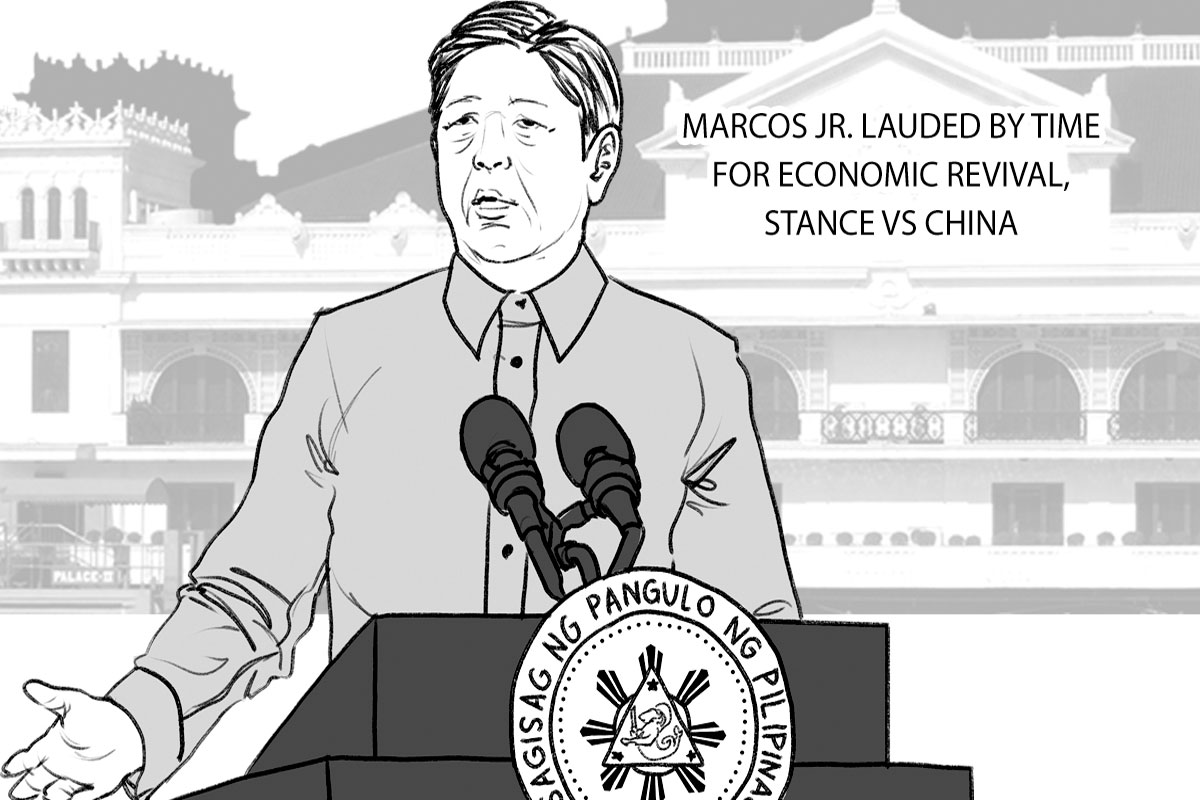
Face Off in the Wearing of Face Masks : Defining Moment in the First 100 Days of PBBM Leadership
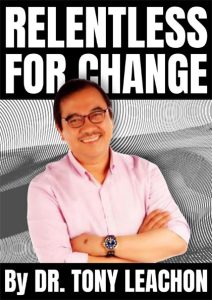 THE COVID-19 pandemic has reshaped life as we know it. Many of us, particularity the vulnerable population , are still staying home, avoiding people on the streets and changing daily habits, like going to school or work, in ways we never imagined. Face mask is our best friend to help us navigate to full normalcy while we ramp up our anemic booster program. But a local government ordinance was swiftly adopted as an Executive Order, despite the strong objections of the Department of Health and several health advocates. While we recognize that some restrictions should be relaxed, the wearing of face masks should be the last measure to go.
THE COVID-19 pandemic has reshaped life as we know it. Many of us, particularity the vulnerable population , are still staying home, avoiding people on the streets and changing daily habits, like going to school or work, in ways we never imagined. Face mask is our best friend to help us navigate to full normalcy while we ramp up our anemic booster program. But a local government ordinance was swiftly adopted as an Executive Order, despite the strong objections of the Department of Health and several health advocates. While we recognize that some restrictions should be relaxed, the wearing of face masks should be the last measure to go.
The Department of Health has reported 2 to 3 thousand new cases daily, an average of 30 deaths, with close to 30,000 active cases. The nationwide positivity rate has gone up to 15 % and the NCR, the epicenter , to 18 %. These are disturbing numbers.
Based on the past work in outbreaks of infectious diseases, we know that clear, consistent messages about what people can do to protect themselves and their community are critical. By that measure, the messaging on face masks has been terribly confusing.
Science is the pursuit of knowledge and understanding, and it inevitably changes the way we see the world. Thanks to the tireless efforts of scientists and researchers globally , we have compressed years of research on the COVID-19 virus into months. This has led to a rapid evolution of health policies and recommendations, and not surprisingly some skepticism about the advice of medical experts.
These are some of the things we’ve learned so far :
Masks can prevent the wearer from transmitting the COVID-19 virus to others and may provide some protection to the wearer. Multiple clinical studies shown that face masks can contain droplets expelled from the wearer, which are responsible for the majority of transmission of the virus. This ‘source control’ approach reflects a shift in thinking from a ‘medical’ perspective (will it protect the wearer?) to a ‘public health’ perspective (will it help reduce community transmission and risk for everyone?).
Many people with COVID-19 are unaware they are carrying the virus. It is estimated that 40 % of people with COVID-19 are asymptomatic but potentially able to transmit the virus to others. In the absence widespread screening tests, especially among the poor, we have no way of identifying many people who are silently transmitting the virus in their communities.
Universal mask use can significantly reduce virus transmission in the community by preventing anyone, including those who are unwittingly carrying the virus, from transmitting it to others. Research studies suggest masks worn by significant portions of the population, coupled with other measures, could result in substantial reductions in case numbers and deaths.
Face masks cannot be seen in isolation but are part of ‘health policy packages’ . Consistent and effective public messaging is vital to public adherence of wearing face masks and coverings. Conflicting policy advice generates confusion.
The evidence is clear and conclusive that people should wear masks to reduce virus transmission and protect themselves, with most countries recommending the public to wear them. Yet clear policy recommendations that the public should broadly wear them has been unclear and inconsistent in our country. The following are my personal views on why we should continue to wear face masks in outdoors and indoors :
Face masks are effective in protecting the wearer and those around them.
Behavioural factors are involved, including how people understand the COVID virus and their perceptions of risk, trust in experts and government, can adversely affect mask wearing.
Face masks need to be seen as part of ‘policy packages’ with other measures such as ventilation , social distancing and hand hygiene.
Clear and consistent policies and public messaging are key to the adoption of wearing face masks and coverings by the general public.
The public is now confused about wearing face masks because they have heard from influential politicians and business leaders that the scientific evidence is inconclusive and hence , advice has been changed. People have also been conditioned that they will suffer from mental health problems, suffocation , other medical maladies and most importantly in this time of economic crisis, face masks might be competing for scarce resources given the high inflation rate.
Next to hand washing and social distancing, face masks and coverings are one of the most of widely adopted non-pharmaceutical interventions for reducing the transmission of respiratory infections. Face masks are not perfect barriers to transmission, but they don’t need to be perfect if they aren’t used alone. Universal mask use should be accompanied by other public health measures such as ventilation, physical distancing, hand washing , testing, contact tracing and restrictions on large gatherings. Those measures aren’t perfect either, but when many imperfect measures are combined at a community level, they can be very effective at slowing transmission and reducing infections.
Masks can also reduce the inequitable impact of the pandemic, particularly for those who live in crowded environments where physical distancing is difficult, and for those who work in frontline roles where there is a greater risk of exposure to the virus.
Our people need to clearly understand virus transmission and how face masks protect them and others. They need to understand the attendant huge risks. We have learned from previous pandemics that aside from misinformation , individuals underestimate their own risks of contracting the virus or transmitting it to others and think that ‘it won’t happen to me’.’
Socio-political systems, public trust in governments and health experts and previous experience with pandemics is also key. We have witnessed how political polarization can impede a government’s ability to provide a coordinated and succinct response.
In this chaotic and disorganized world, leadership is a supreme quality associated with business leaders, social entrepreneurs and political figures. Sadly some politicians are rarely considered as possessing or requiring leadership skills. With authentic leaders , one thinks of skill and knowledge, but for some strange reason, leadership is hardly associated with our current set of elected and appointed public officials.
To inspire people and attract people to a great vision , our new leaders have to become better. We can’t do the same things and expect genuine change. We can’t blame anyone or anything now . It’s time to take responsibility for our action.
Start transforming our mindset, behavior and action.
Start upgrading our habits and core values as Filipinos .
Start being more analytical , scientific , and fact based.
And this is for everyone who still have some kind of hope in their hearts , no matter how many times this life have proved them why they shouldn’t.
Be the reason someone aspires for a better and healthier life.
Be the reason someone smiles each day.
Be the reason someone feels loved and believes in the goodness in people. By Dr. Tony Leachon
###
Anthony C. Leachon, M. D.
Independent Health Reform Advocate
Past President ,
Philippine College of Physicians
Chair , Kilusang Kontra Covid
( KILKOVID )




